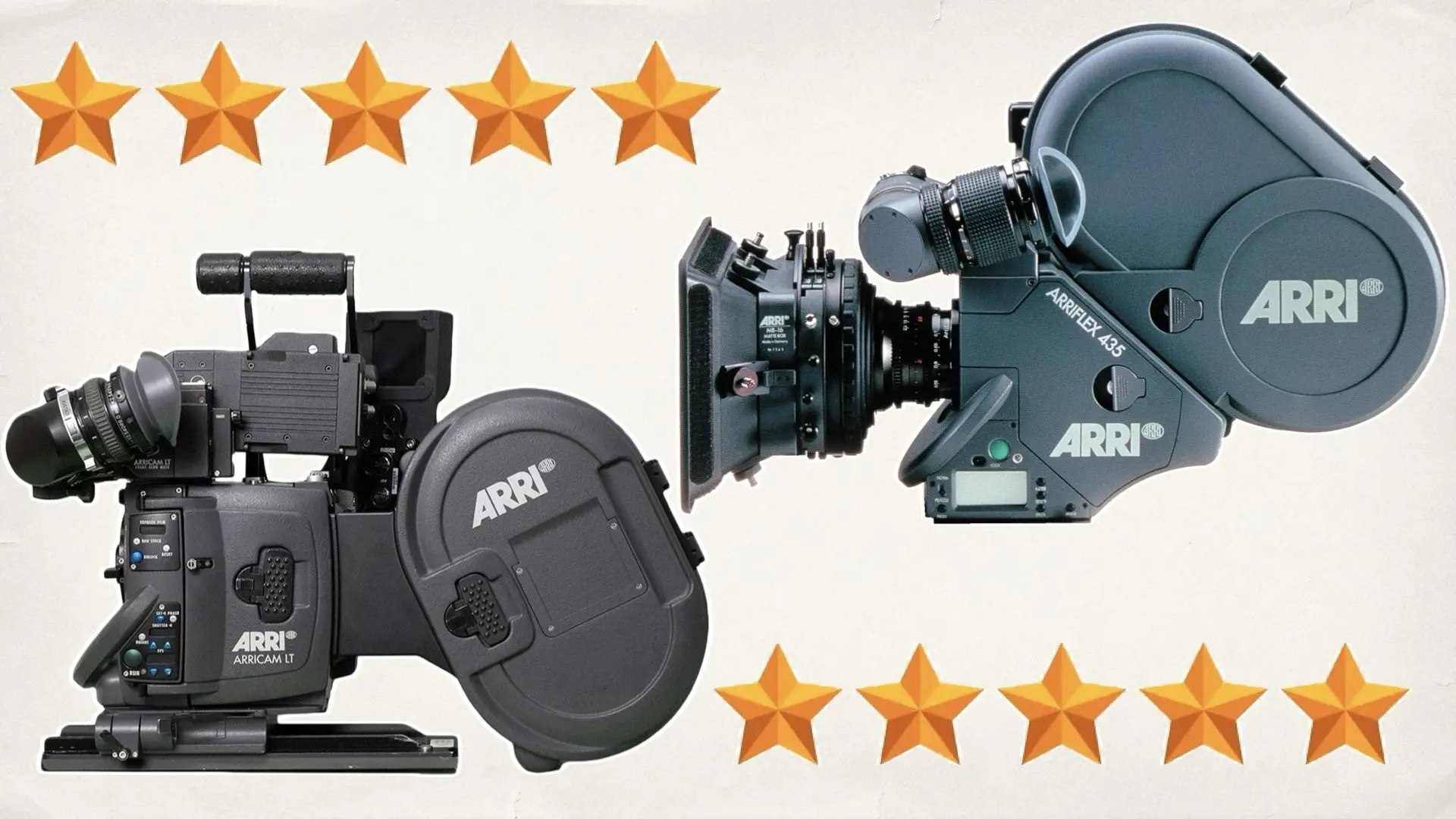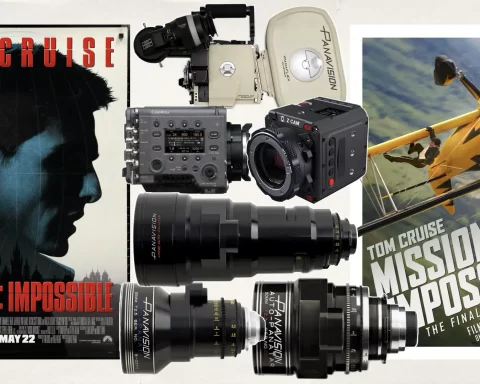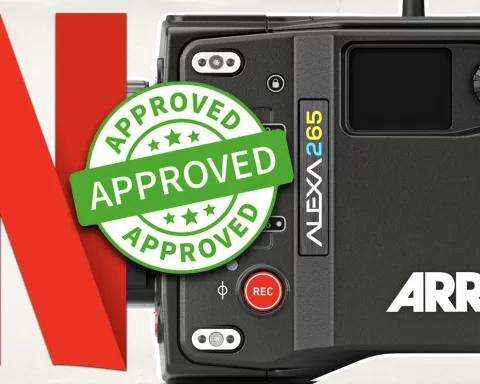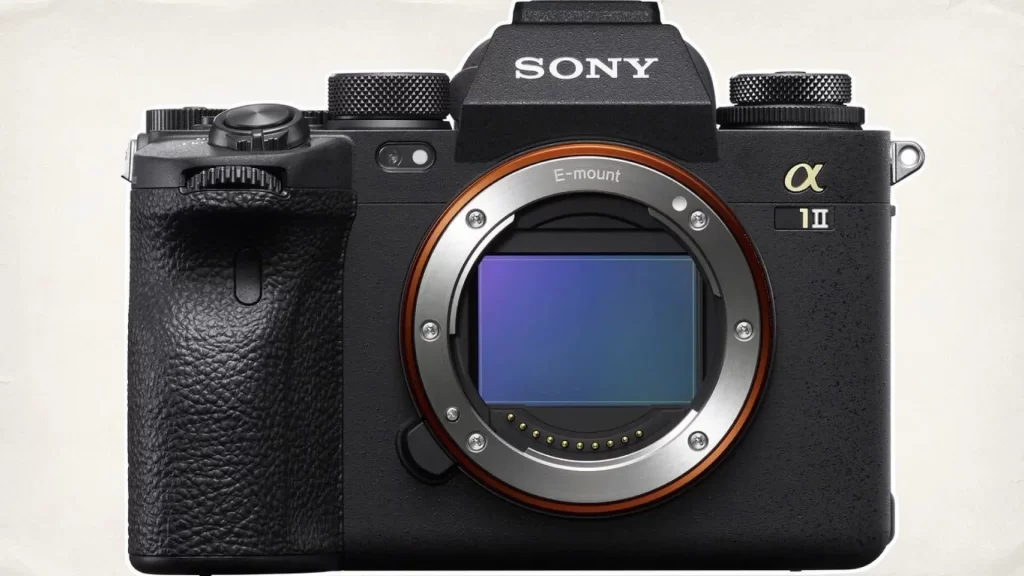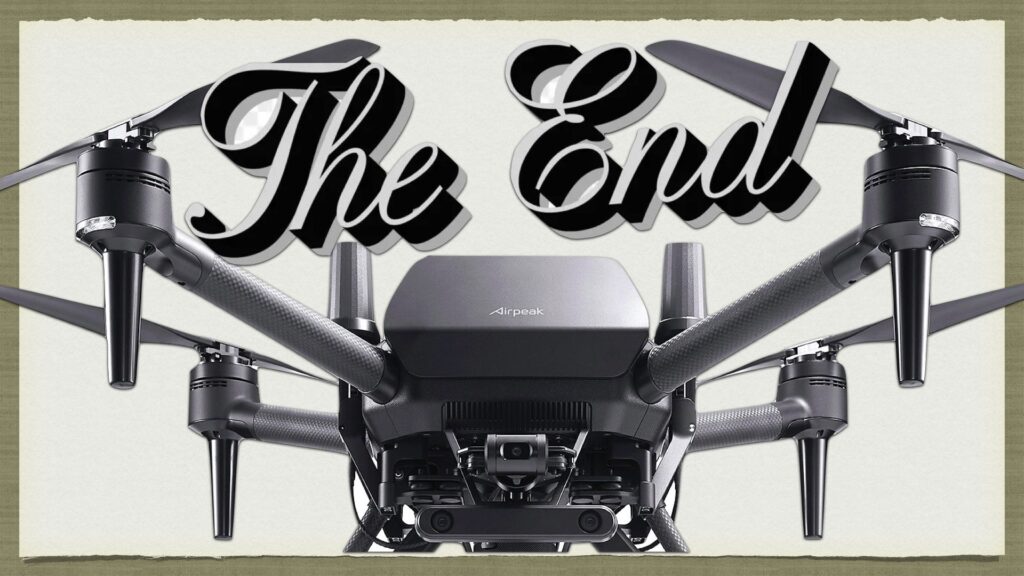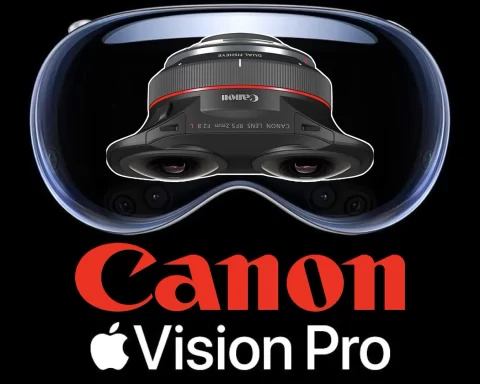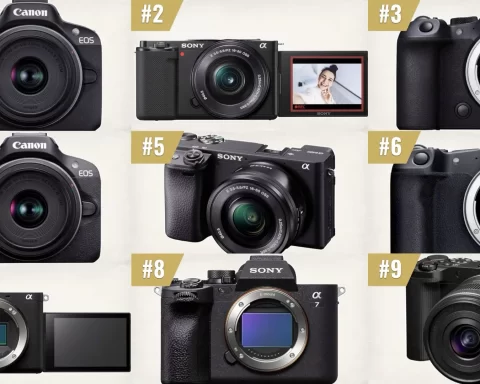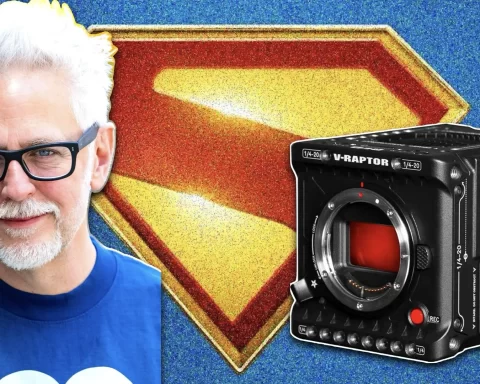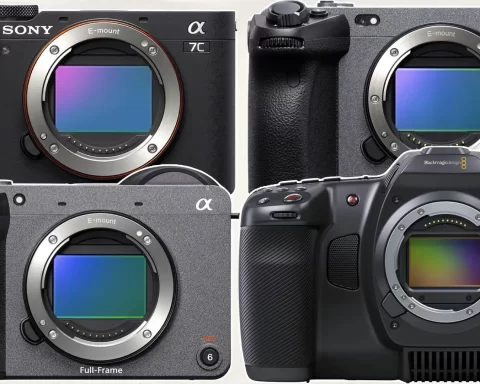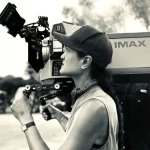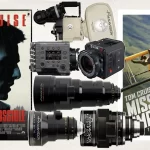In the digital age, traditional film cameras still hold a unique place in the hearts of many cinematographers, directors, and filmmakers. Amid the rapid technological advances in digital cinematography, classic film cameras like the ARRIFLEX and ARRICAM remain popular, even among independent and large-scale productions. This article explores the enduring appeal of these iconic cameras, the advantages of film over digital, the technical differences between the ARRIFLEX and ARRICAM, and why these cameras continue to thrive in an era dominated by digital and AI-driven filmmaking.
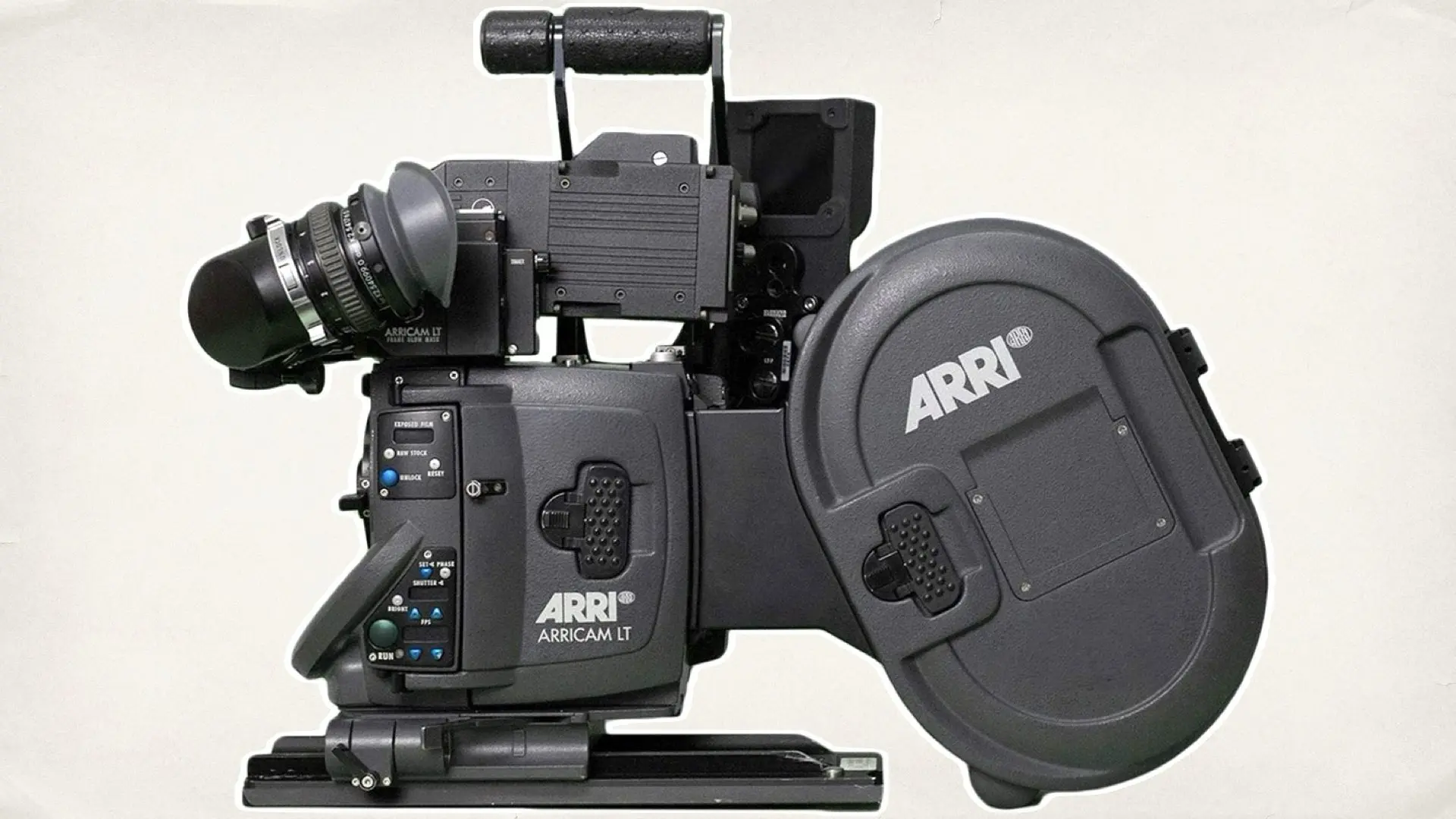
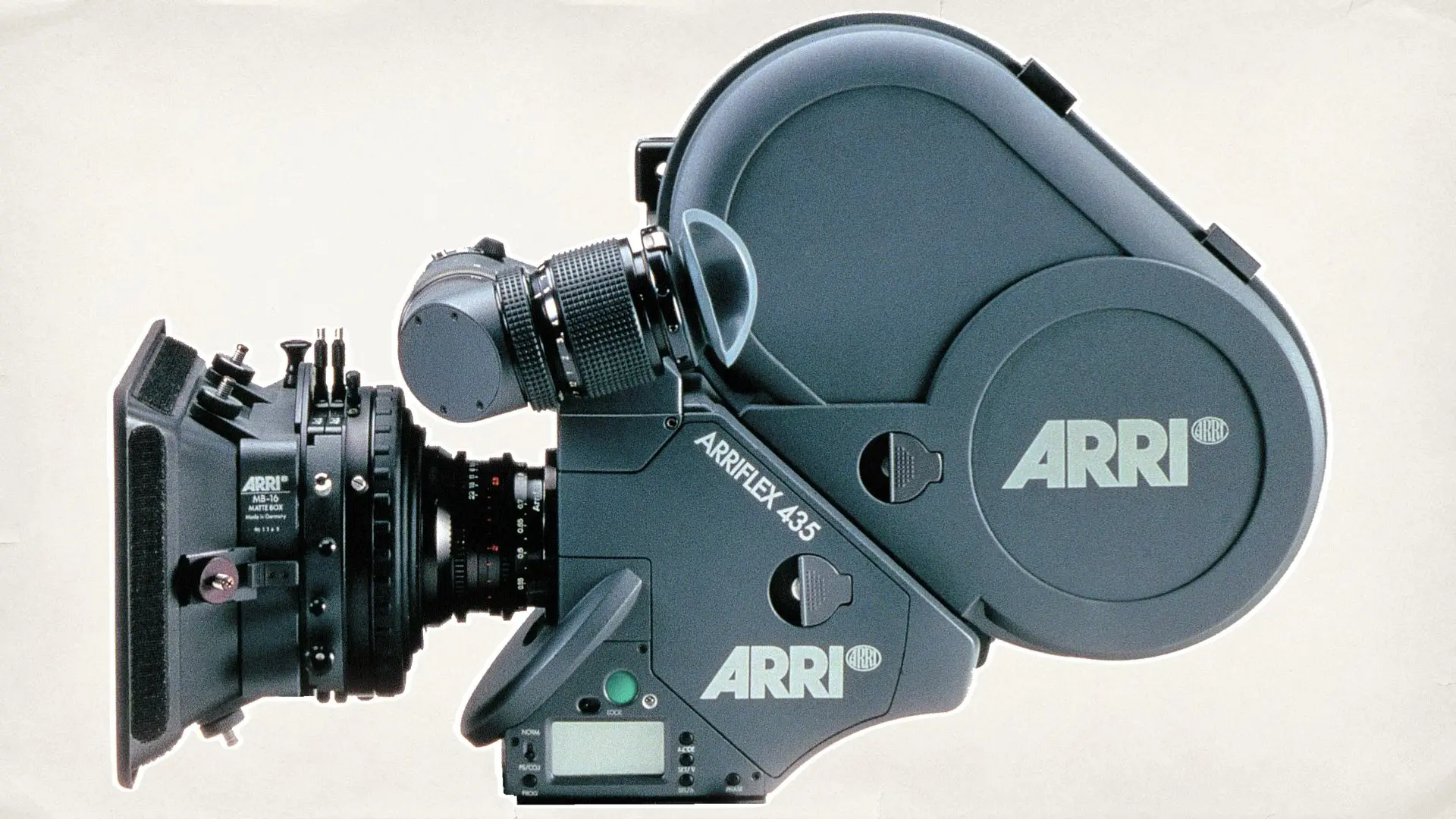
ARRIFLEX and ARRICAM
ARRI’s ARRIFLEX and ARRICAM cameras are two of the most revered film camera lines in cinema history. The ARRIFLEX series, known for its pioneering mirror reflex technology and durable design, includes models such as the ARRIFLEX 435 and ARRIFLEX 235 (even Michael Bay owns one!). These cameras became iconic for action and high-speed shots, especially due to their compact size and versatility. Meanwhile, the ARRICAM series was designed for the highest-end productions, with the ARRICAM LT (Light) and ARRICAM ST (Studio) being favorites for their quiet operation and adaptable modular design. These cameras have graced countless films and were recently spotlighted in award-winning films at the 96th Academy Awards (see full breakdown on the 96th Academy Awards camera and lenses).
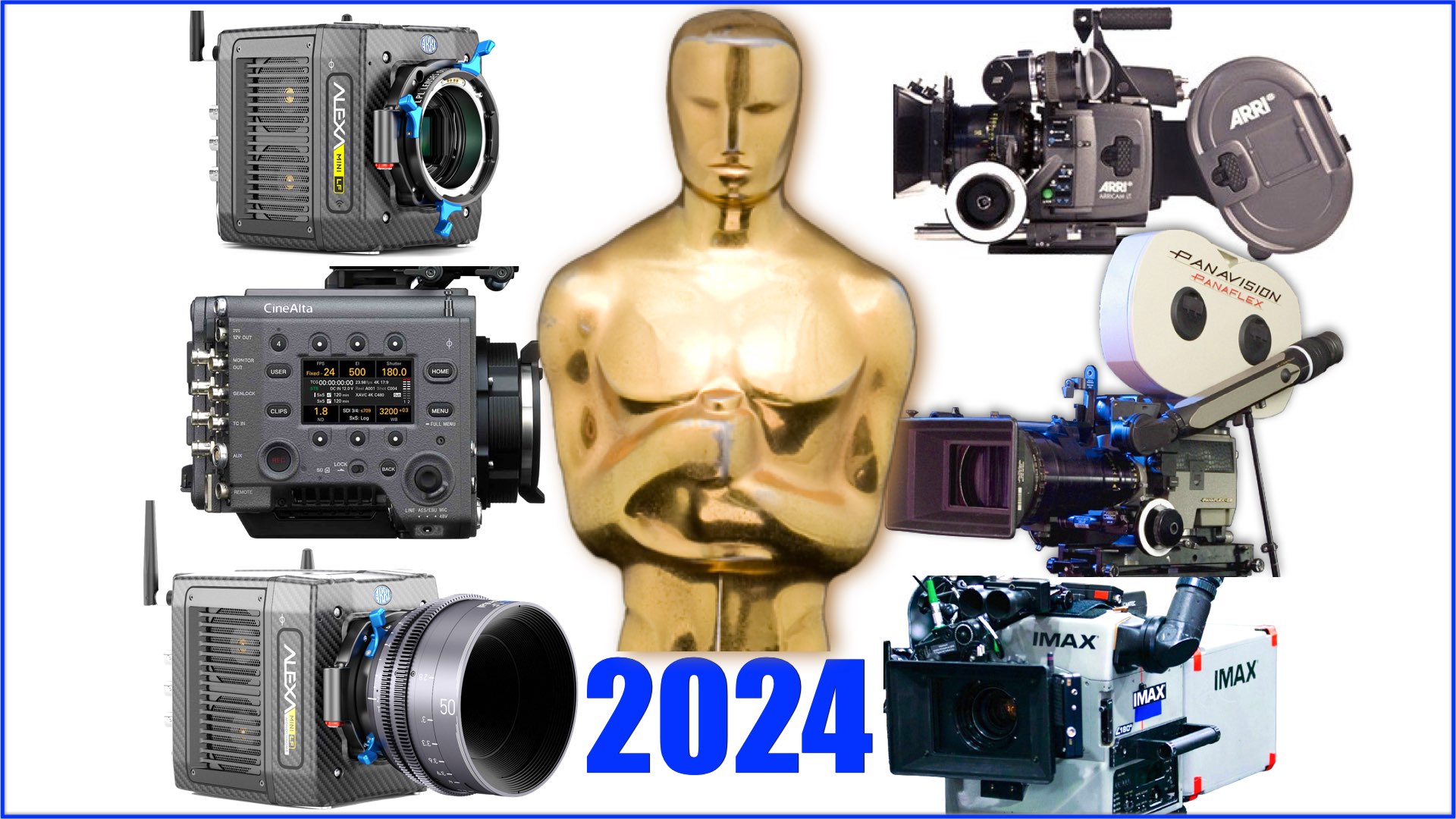
The Advantages of Film Over Digital
Though digital cinematography has become the industry standard, there are compelling reasons why film continues to attract both emerging and experienced cinematographers. Shooting on film imparts a warm, organic quality to images that digital cameras struggle to replicate. This aesthetic quality is a significant reason why cinematographers like Hoyte van Hoytema continue to embrace film for high-profile projects like Oppenheimer (see more in Oppenheimer’s cinematography).
- Texture and Grain: Film’s natural grain adds a tactile feel, enhancing the emotional impact of an image. The physical structure of film emulsion introduces slight, unique imperfections that create a distinct, visually appealing texture.
- Highlight Roll-off: Film cameras are known for their smooth highlight roll-off, meaning bright areas transition more naturally without abrupt clipping, resulting in softer highlights compared to digital sensors.
- Longevity and Archival Quality: Film is a stable medium with proven longevity. With proper storage, film reels can be preserved for decades without deterioration, whereas digital files are prone to format obsolescence.
- Intentionality: Filming on celluloid requires careful planning and precision due to the cost of film stock and limited takes. This often results in more intentional, thoughtfully composed shots.
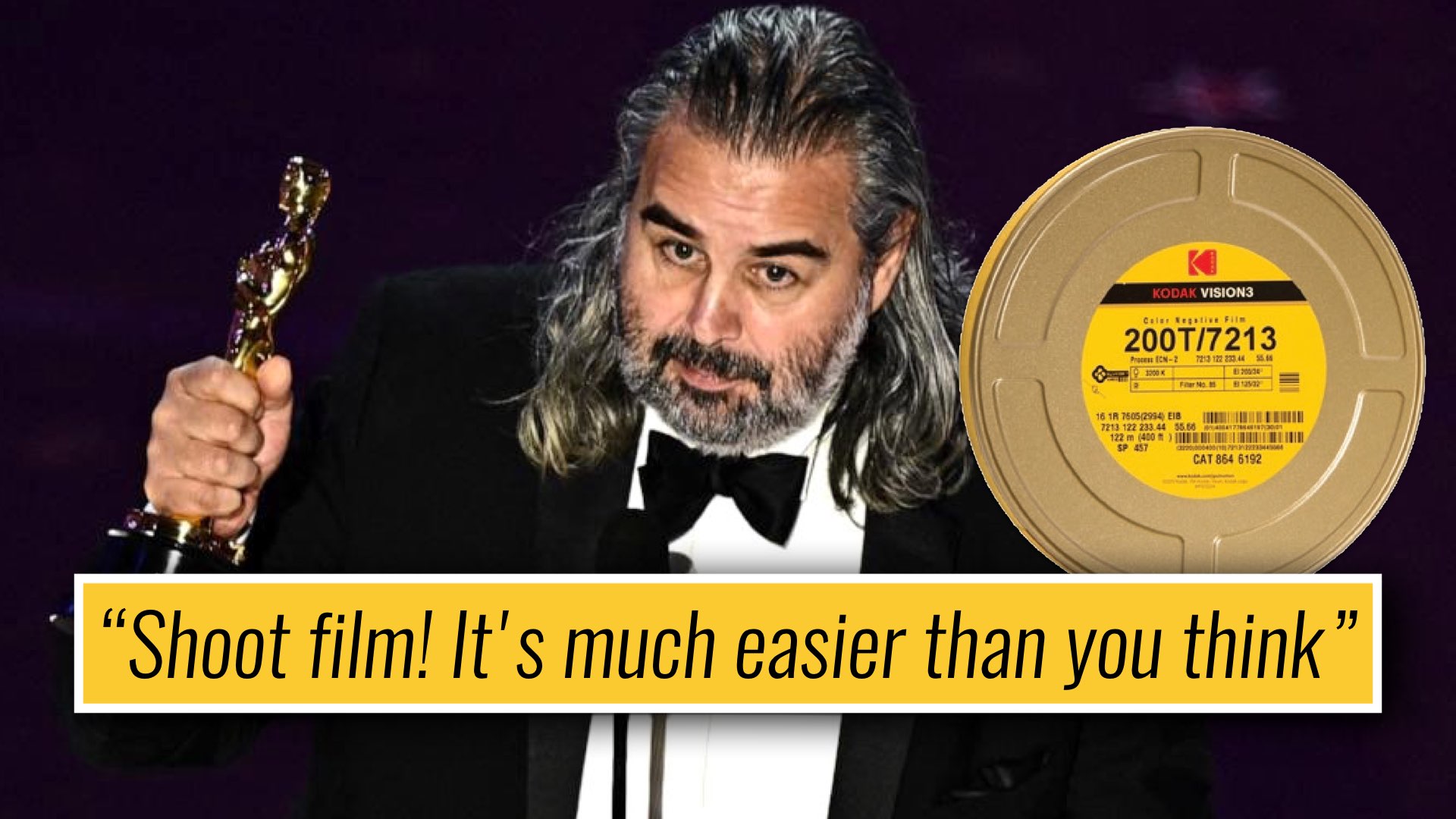
Breaking Down the Differences
Although both are designed to capture beautiful 35mm film imagery, the ARRIFLEX and ARRICAM systems serve different purposes and offer unique advantages.
ARRIFLEX: Versatility and Durability
The ARRIFLEX line includes models such as the ARRIFLEX 235, ARRIFLEX 435, and ARRIFLEX 765, which are widely celebrated for their reliability and adaptability across various types of productions. For example, the ARRIFLEX 435 is known for its high-speed capabilities, allowing it to shoot up to 150 frames per second, making it ideal for action sequences and slow-motion shots. These cameras have even been used for experimental cinematography, like rollerblade-shot scenes in Winning Time. The ARRIFLEX 235, on the other hand, is highly portable and compact, making it popular for handheld and Steadicam work. Its lightweight and ease of use have made it a favorite among independent filmmakers, music video creators, and commercial directors, as seen in several modern productions and music videos (read more in music videos shot on ARRIFLEX SR3).
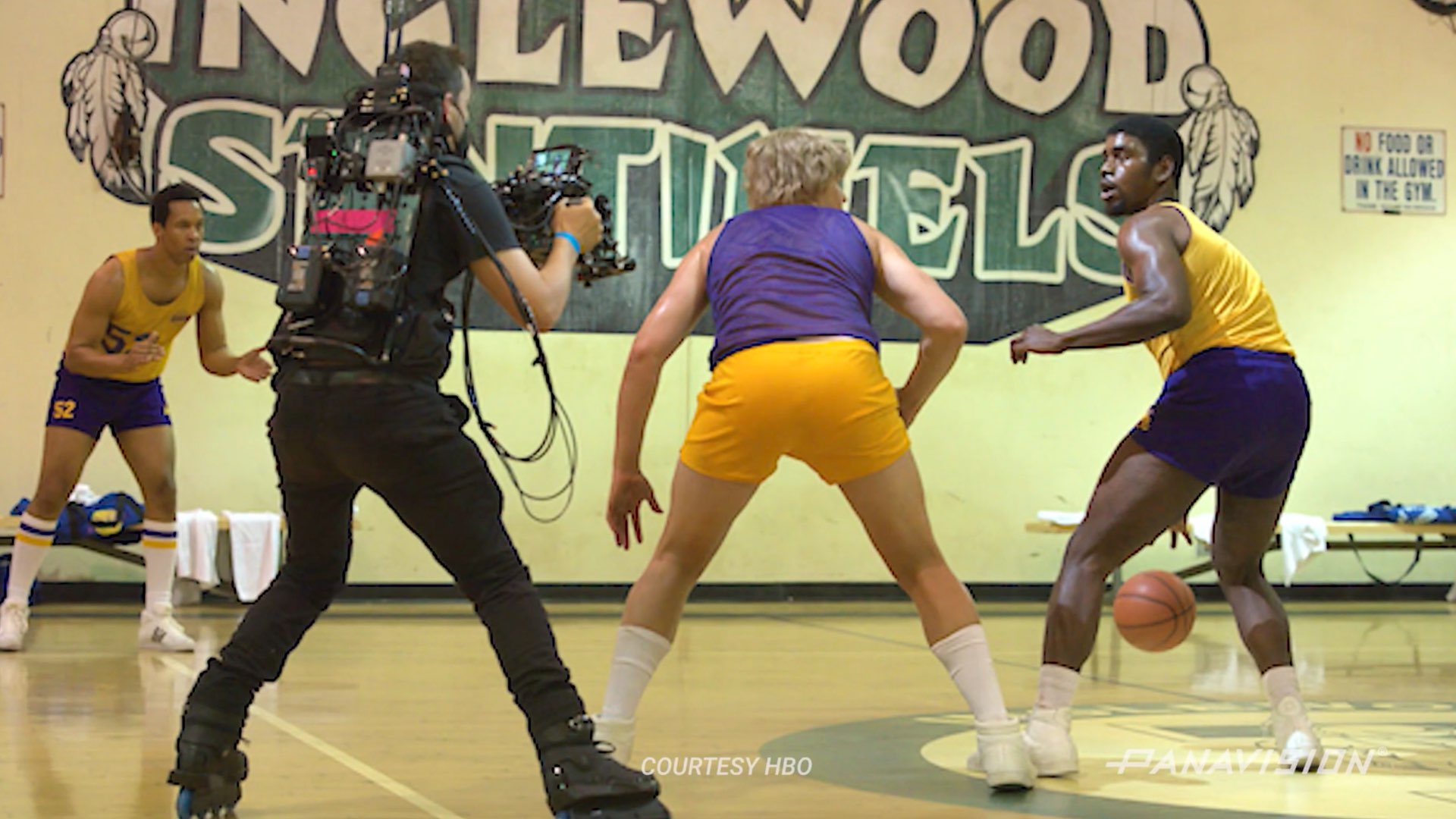
ARRICAM: Precision and Adaptability
In contrast, the ARRICAM ST and LT are heavier, feature-rich cameras designed for high-end productions. These models were developed in collaboration with Moviecam to bring quieter operation and modular components, making them perfect for studio setups. The ARRICAM LT (Light) is preferred for mobility in handheld shooting, while the ARRICAM ST (Studio) is suited for more controlled, stationary environments where sound is a concern. Notably, the ARRICAM LT was spotlighted for its significant use in the Oscar-winning films of 2024 (learn more in The Cameras Behind the Oscar 2024). The ARRICAM line exemplifies engineering precision and an enduring appeal among filmmakers who value its quietness and smooth operation—attributes that make it ideal for dialogue-driven films where on-set sound is paramount.
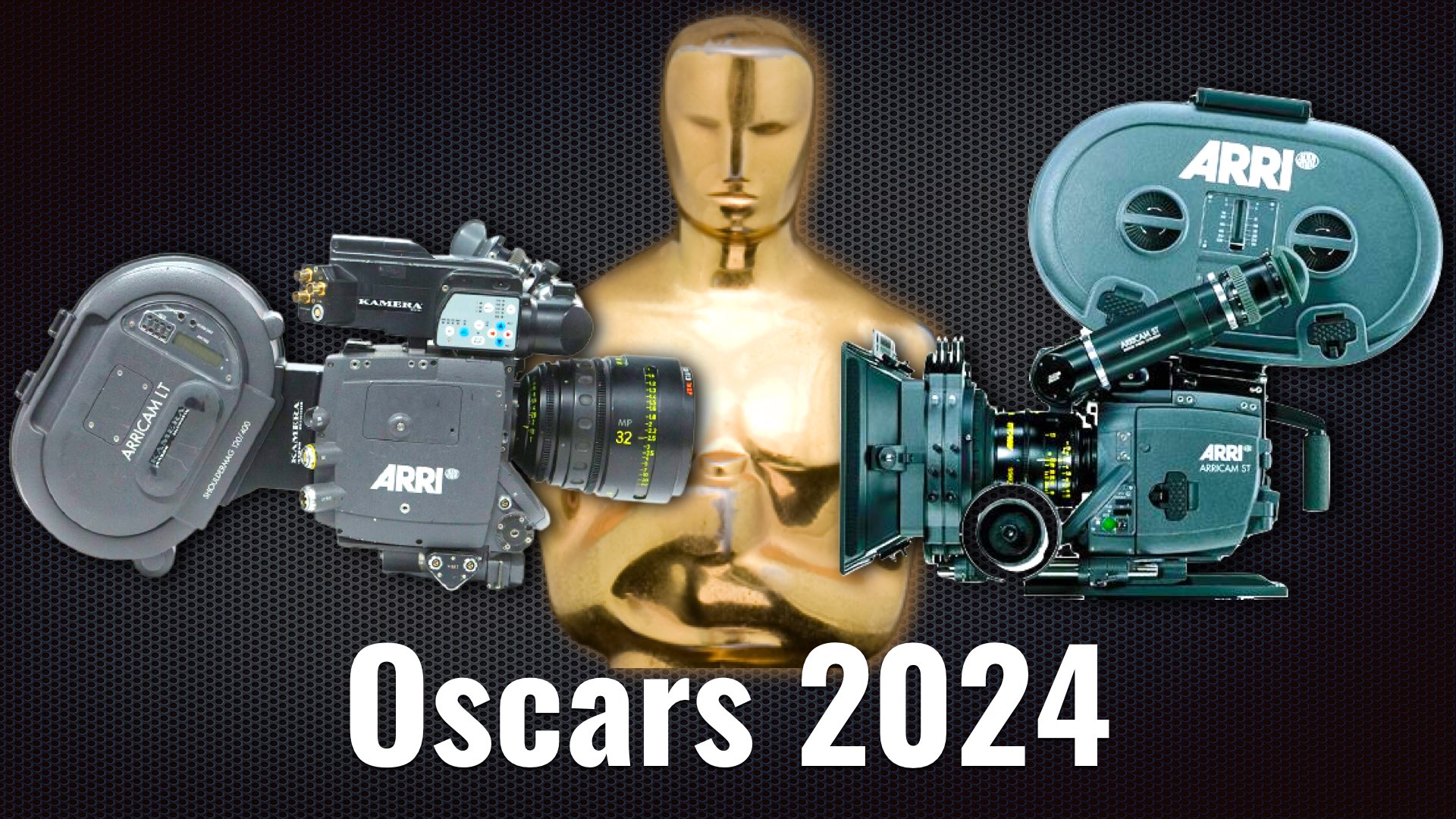
Conservative filmmakers, who are deeply committed to traditional cinema, continue to advocate for film as an irreplaceable medium. For these artists, shooting on film is not just a technical choice but a philosophical one.
‘Conservative’ Cinematography
Conservative filmmakers, who are deeply committed to traditional cinema, continue to advocate for film as an irreplaceable medium. For these artists, shooting on film is not just a technical choice but a philosophical one. The ARRIFLEX and ARRICAM systems offer them the creative freedom to produce visuals that align with their aesthetic and storytelling goals. For instance, the ARRIFLEX 35 BL was famously used in the horror classic The Shining with groundbreaking Steadicam work, underscoring the camera’s versatility and precision (read more about this camera in The Camera Behind The Shining). These directors and cinematographers see film as the most authentic way to capture the nuanced emotions and depth that their stories demand.
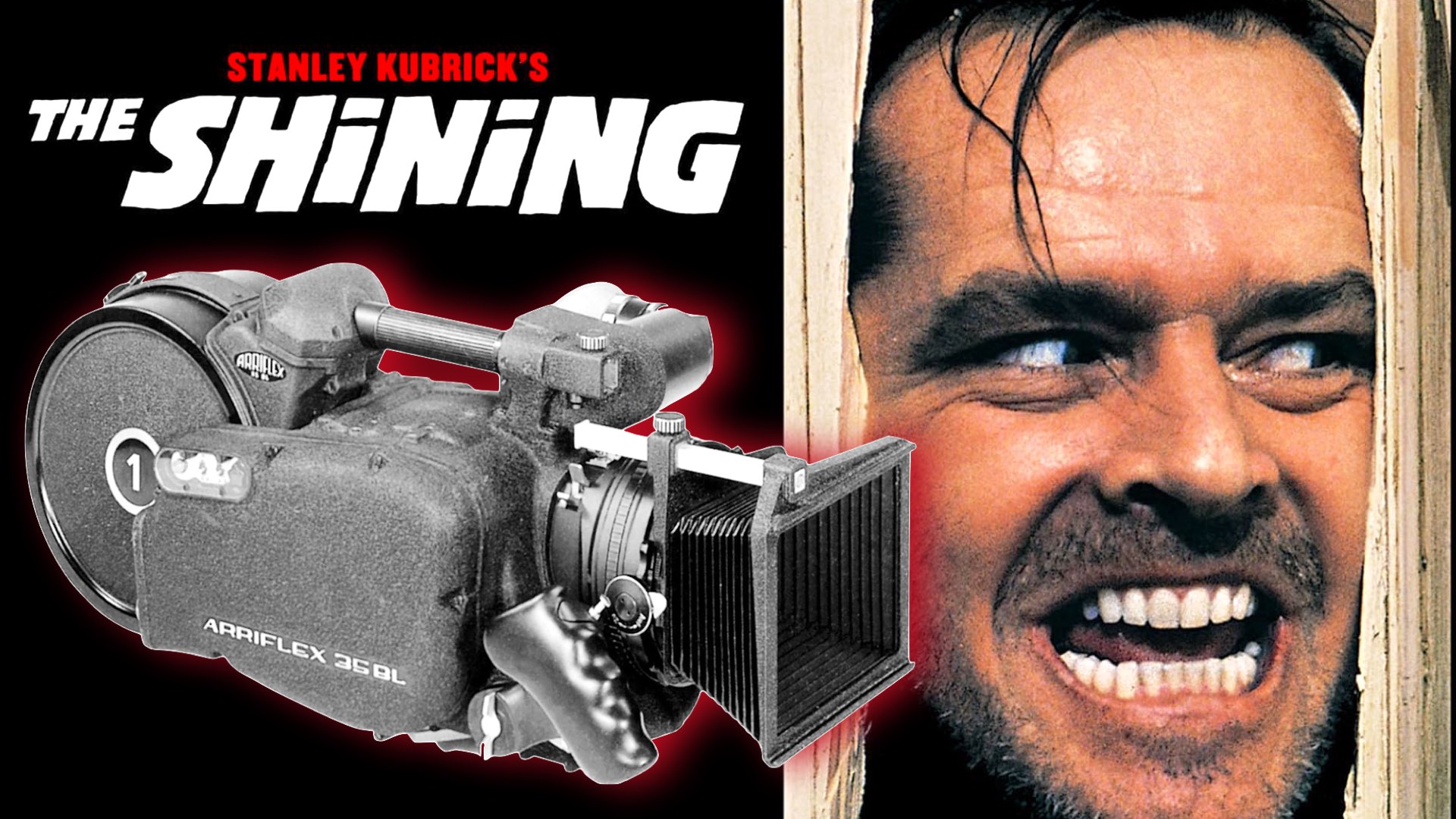
Film Cameras and Independent Filmmaking
Film isn’t just for high-budget, studio-backed projects. Many independent filmmakers find value in using film cameras like the ARRIFLEX 235 or the Panavision Millennium XL2. While digital cameras have brought down production costs, independent creators are drawn to the distinctive aesthetic and storytelling quality that film offers. The ARRIFLEX 235, for instance, is a popular choice for its affordability and compact size, making it ideal for indie filmmakers (see more on ARRIFLEX 235). Indie films shot on film can stand out visually, offering audiences a viewing experience that’s increasingly rare in today’s digital-dominated cinema. Directors often embrace film for projects that aim for an immersive, emotional connection with the viewer, elevating independent cinema to an art form that defies mass-produced digital aesthetics.
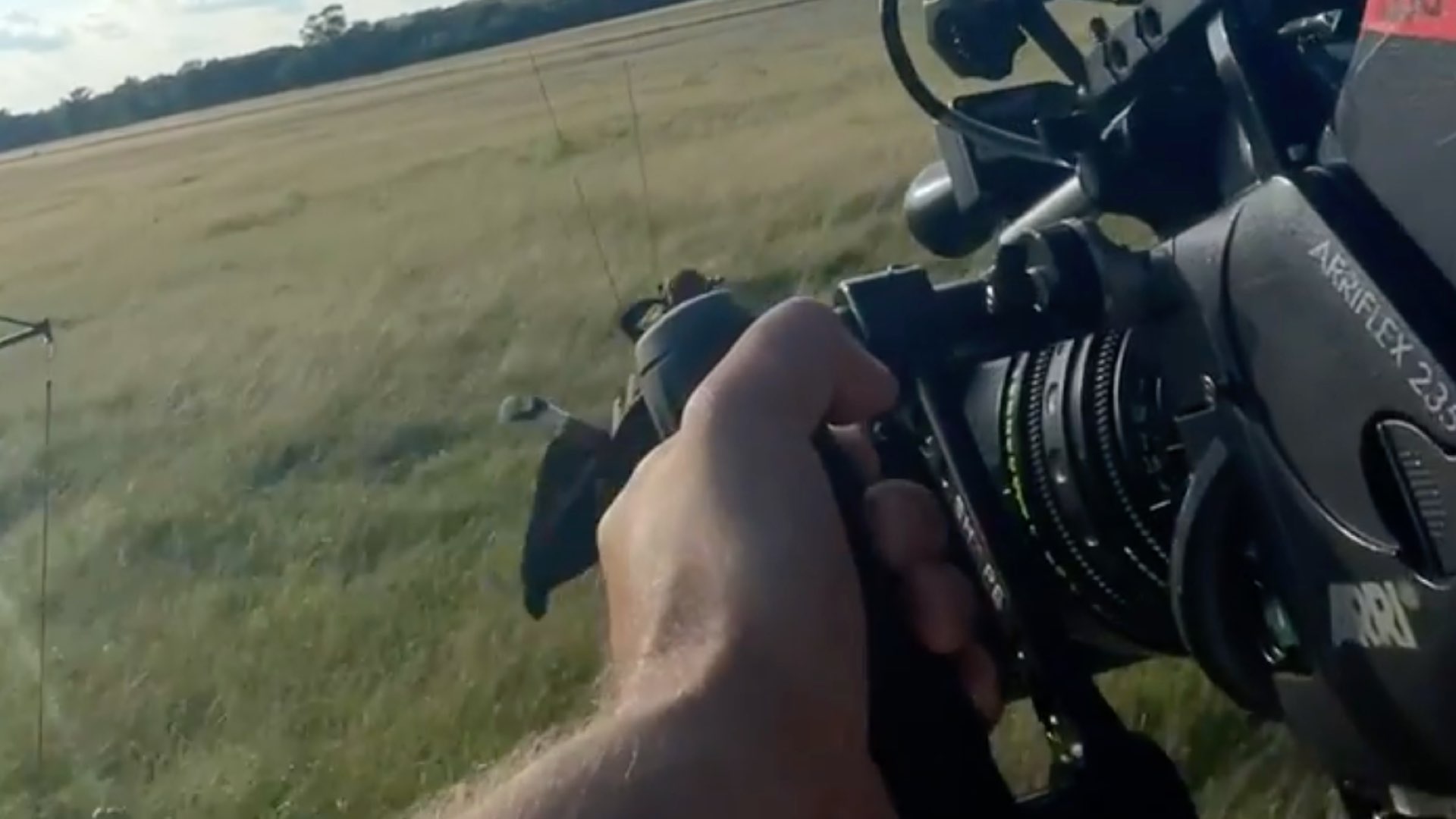
The Future of Film Cameras in the Digital and AI-Driven Era
As the filmmaking landscape continues to evolve with advanced digital cameras and AI-driven filmmaking tools, the future of film cameras like the ARRIFLEX and ARRICAM appears uncertain but promising. AI tools, such as AI-generated storyboarding, virtual environments, and deepfake-style CGI, are reshaping how films are made, but they have yet to replicate the tactile, organic quality of film. The resurgence of Super 35 formats at major festivals like TIFF 2024 demonstrates that traditional formats still hold a special place in contemporary filmmaking (see full story in TIFF 2024 cameras). Moreover, auctions of vintage ARRIFLEX models, such as the recent sale of an ARRIFLEX 416, suggest an ongoing appreciation and demand for analog film equipment (more on ARRIFLEX auction). As more filmmakers and production companies embrace hybrid workflows—using film for principal photography and digital tools for editing and effects—classic film cameras are likely to maintain a role in the industry. While digital and AI tools dominate the technical side, the creative and aesthetic values of traditional film will continue to be a mainstay for filmmakers who seek to capture the unique essence of celluloid.
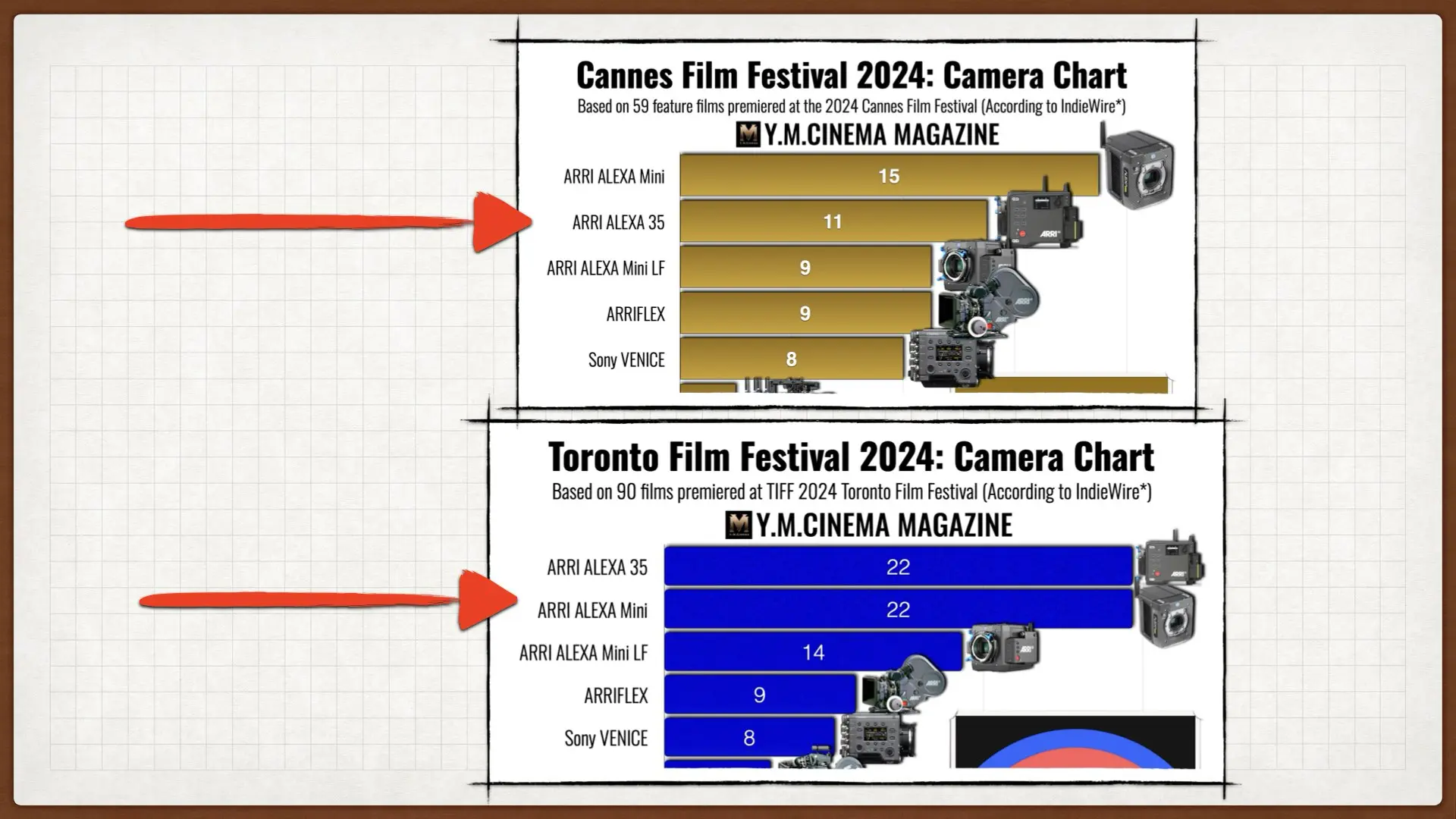
Conclusion
ARRIFLEX and ARRICAM cameras represent the epitome of analog filmmaking technology, loved for their unparalleled aesthetic and reliable performance. While digital cameras and AI-driven filmmaking tools may offer unprecedented convenience and efficiency, film remains irreplaceable for its artistic quality. The ARRIFLEX and ARRICAM series, alongside other traditional film cameras, will likely continue to be cherished by purist filmmakers and independent creators alike, preserving the magic of celluloid for generations to come.
Celebrate the Legacy of Film with the Y.M.CINEMA 65
As we explore the timeless power of film cameras in this article, the Y.M.CINEMA 65 stands as a tribute to that enduring legacy. Crafted in stainless steel, this model honors the artistry of classic filmmaking and the iconic tools that brought unforgettable stories to life. A perfect keepsake for those who cherish the magic of cinema. Get yours here.

